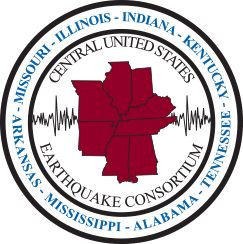DURING the next big earthquake, and immediately after, is when your level of preparedness will make a difference in how you and others survive and can respond to emergencies. The following steps describe what to do during earthquake shaking and immediately after. Step 5 provides information for how to protect yourself in different locations and scenarios during an earthquake. Step 6 describes what to do next to prevent further injuries or damage.
Join millions of people in the world’s largest earthquake safety drill …
The experts say that in order to best way to protect yourself in the event of an earthquake is to practice the technique “Drop, Cover and Hold On“. Knowing exactly what to do the moment the shaking starts is something that gets easier with practice, and that is exactly what the Great ShakeOut is for.
Register now to participate in the world’s largest earthquake drill!

The Seven Steps to Earthquake Safety are provided courtesy of the Earthquake Country Alliance, a public-private-grass roots partnership managed by the Southern California Earthquake Center. Seven Steps icons provided courtesy of the California Earthquake Authority.
